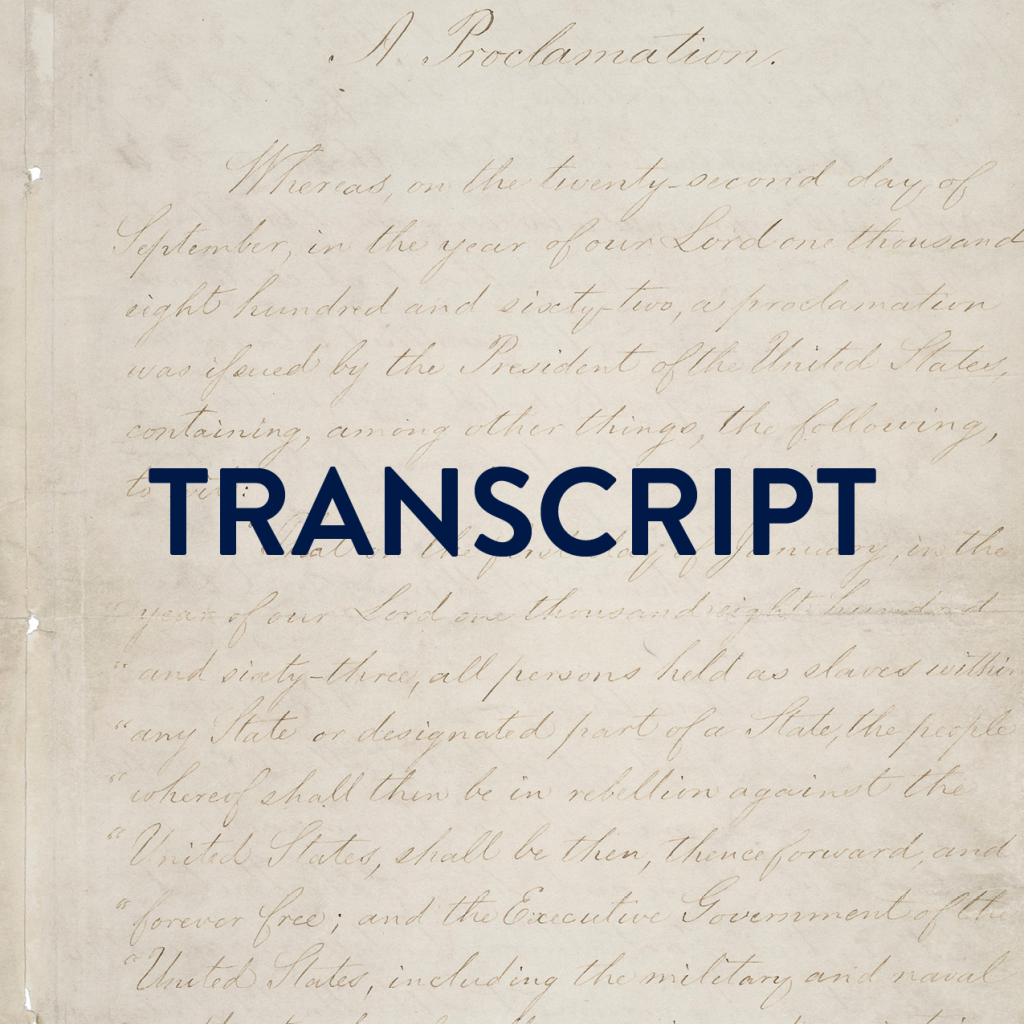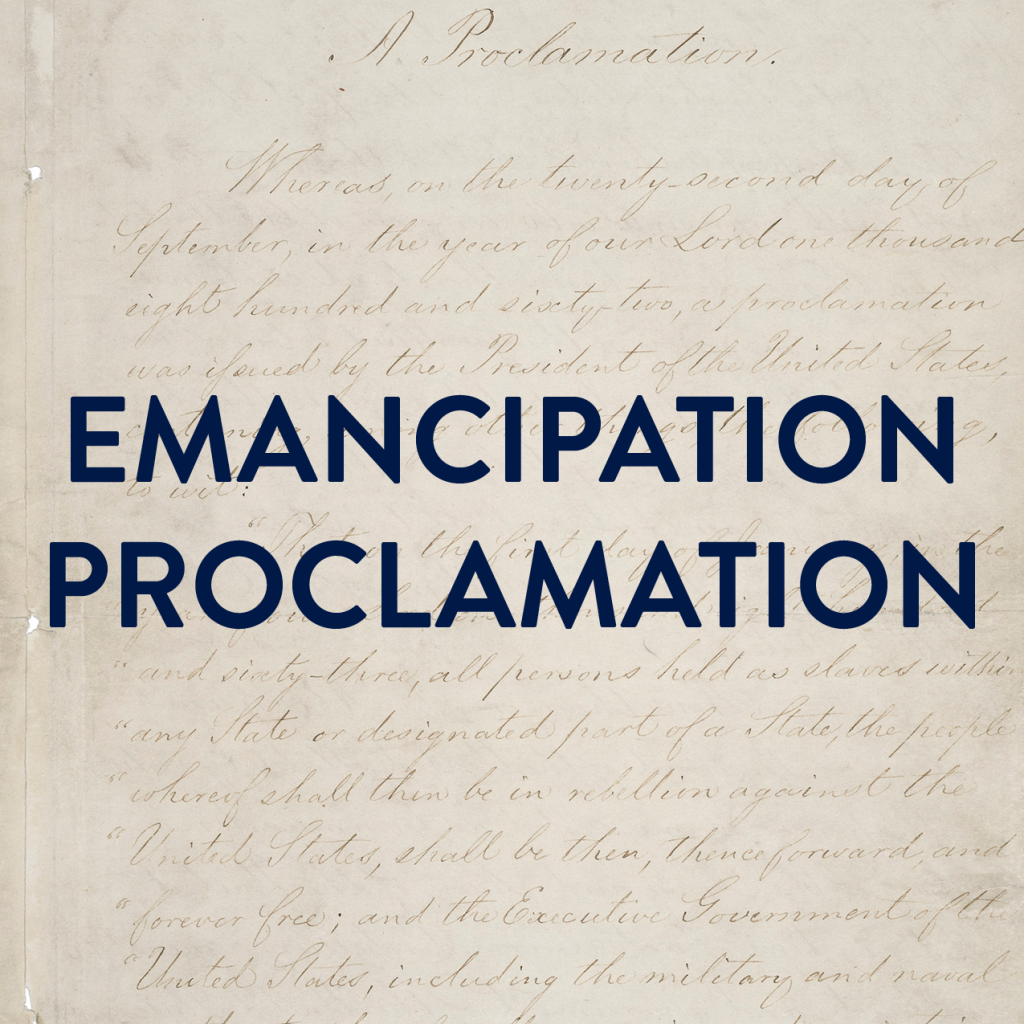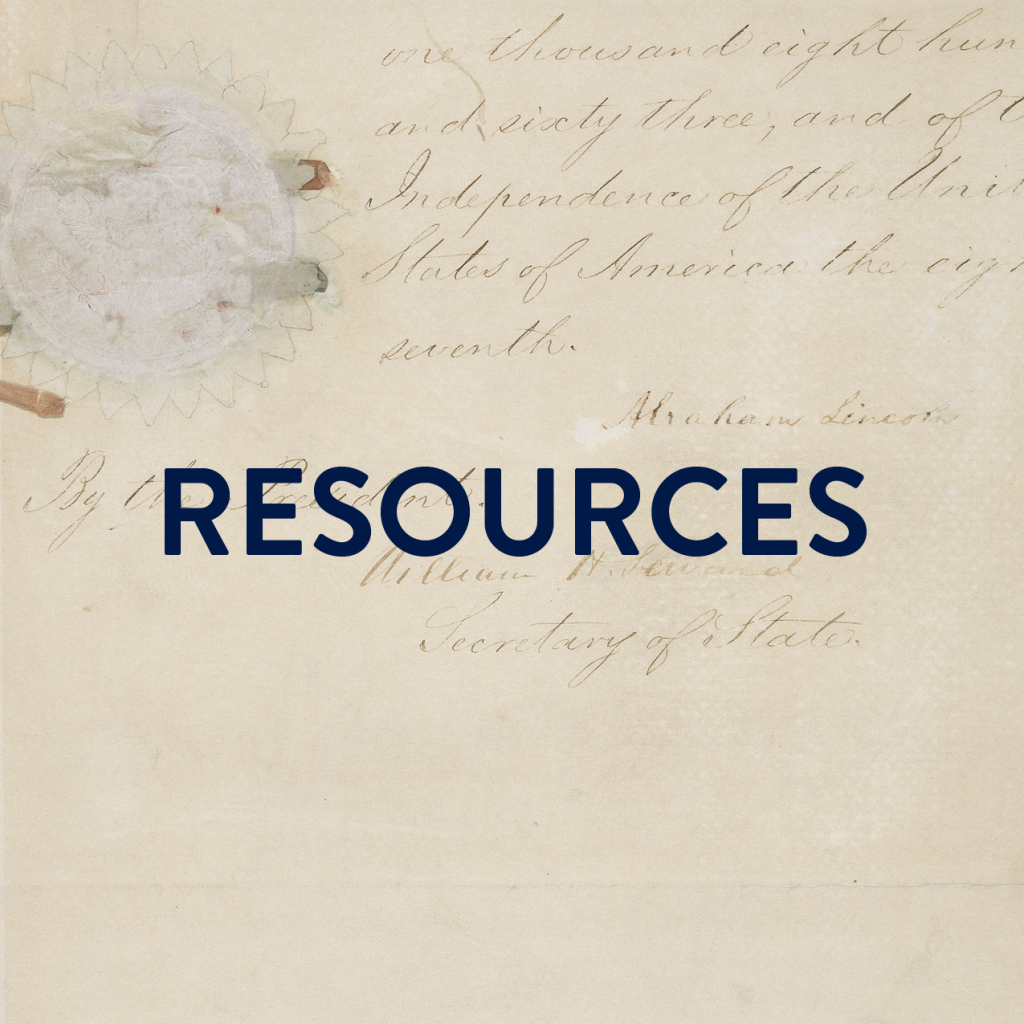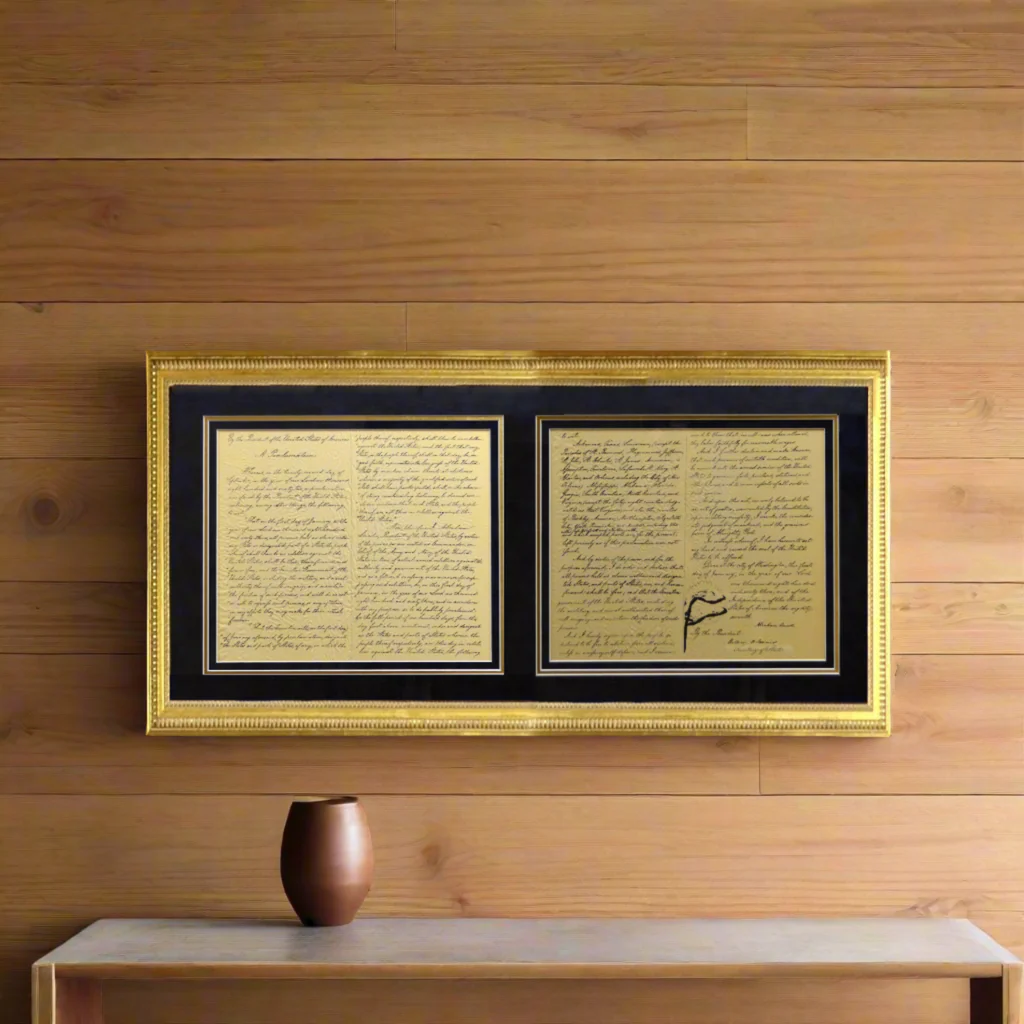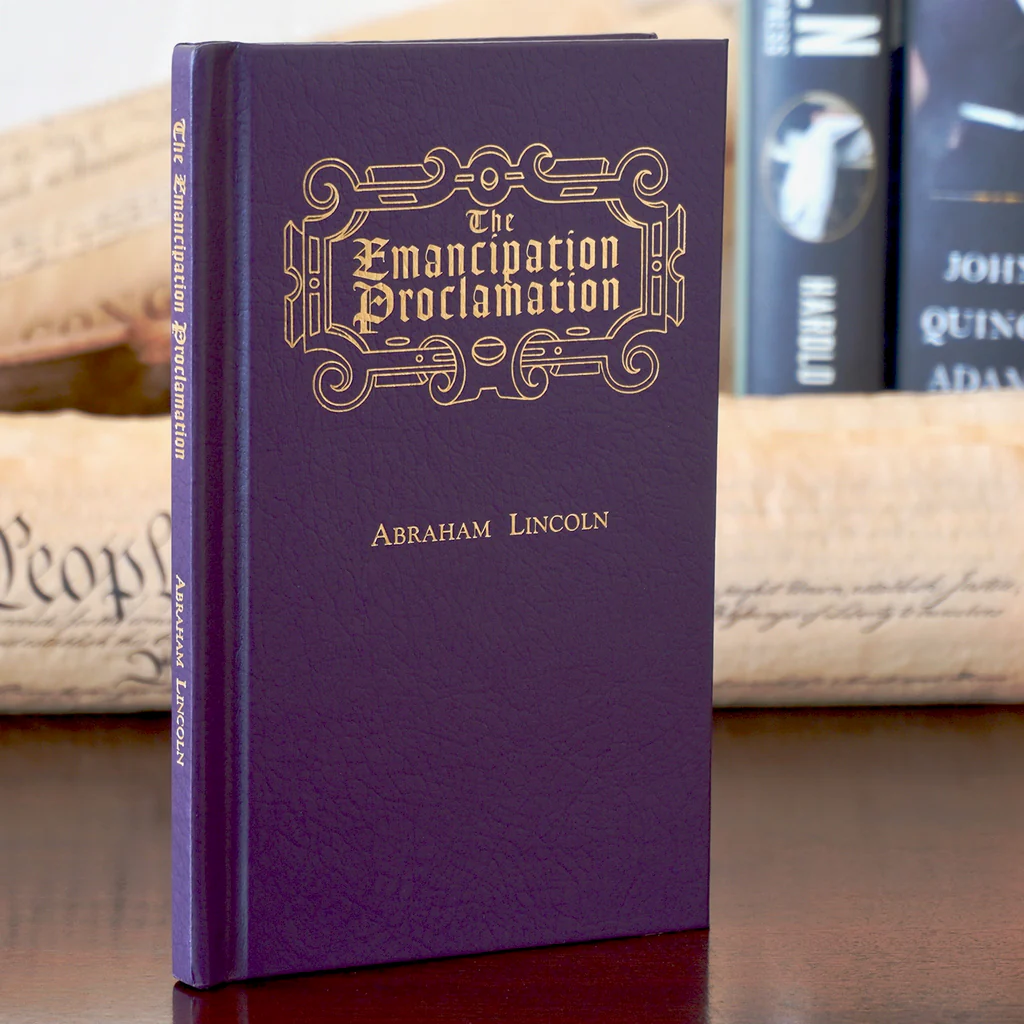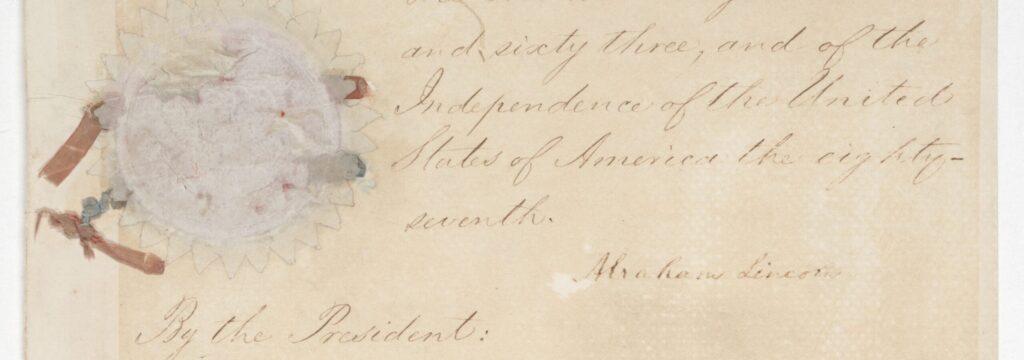
The official Emancipation Proclamation, signed and sealed by President Abraham Lincoln more than 150 years ago, is held in trust for the American people by the National Archives. As one of the great records of our history, it continues to awe and inspire.
Many people ask why the Emancipation Proclamation is rarely displayed while the much older documents of our nation’s founding—the Declaration of Independence, the Constitution of the United States, and the Bill of Rights—are available for viewing daily in the National Archives’ Rotunda for the Charters of Freedom.
Unlike the Charters, which were written on very durable parchment made from animal skin and are now sealed in an inert gas environment to protect them, the Emancipation Proclamation was written on both sides of poor-quality 19th-century paper.
Since the State Department transferred the Emancipation Proclamation to the National Archives in 1936, the document has been carefully treated and the weak paper support has been mended and reinforced using the latest conservation techniques. But repeated handling and exposure to light had already taken their toll on the document.
To protect the original document from further damage, National Archives conservators work closely with the exhibition team to limit the Emancipation Proclamation’s viewing to a few days each year. A high-resolution facsimile of the document is on permanent display in the National Archives’ “Public Vaults” exhibition.
Through continued vigilance, the National Archives will be able to exhibit and also protect the Emancipation Proclamation so that it can be preserved for future generations to see.
The National Archives’ celebration of the Emancipation Proclamation is made possible in part by the National Archives Foundation through the generous support of

